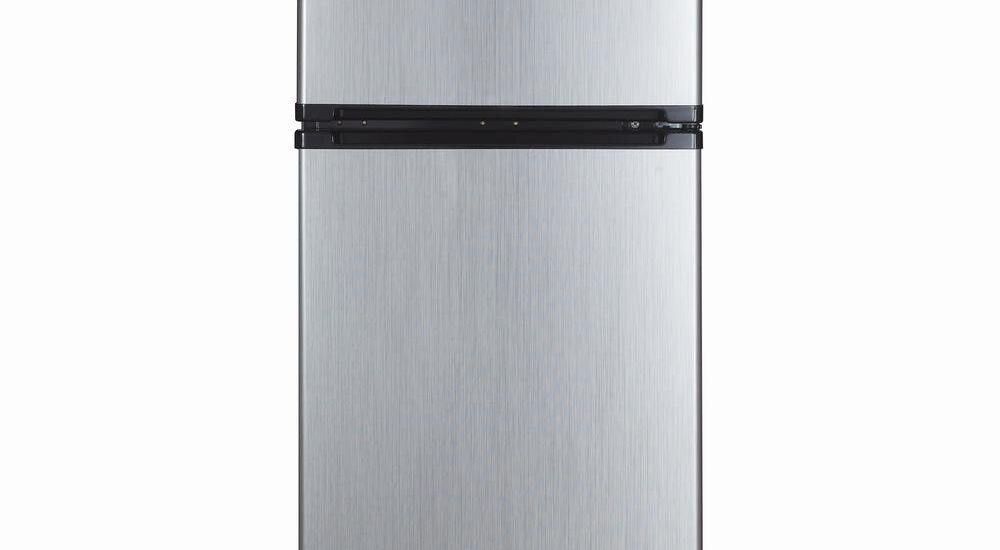A refrigerator compressor overload is usually a serious problem that needs a quick solution. Fortunately, an overload problem is easy to fix, as we will explain.

How to Test a Refrigerator Compressor Overload Protector
To test the overload protector of a refrigerator compressor, do the following:
Disconnect the refrigerator from electric power and move the appliance. If you cannot reach the wall outlet, power down the circuit breaker.
Find the relay on the side of the compressor, and remove it. Then, detach the overload protector. Next, separate the wires from the protector. Now, take a digital multimeter, and set it to connectivity.
Connect each wire to the testing probes of the multimeter. If there is connectivity or continuity, the overload protector is in good working condition. But if there is no connectivity or continuity, wait about five minutes and rerun the test.
If a second test reveals no continuity, it indicates the overload protector has an open circuit. And since it has an open circuit, it needs a replacement because you cannot repair it.
Fridge Compressor Tripping Overload – Quick Fix
To fix the problem of a fridge compressor tripping overload, you may have to replace the compressor. To verify it, change the start relay and overload. Check the thermostat and clean the condenser coils.
If the problem continues, test the compressor. Check the compressor’s amp draw when the motor is starting; use an ammeter for the test. The amp should jump to 15, then lower to about two within 3 seconds as it starts.
If the compressor fails the amp test, it is faulty and should be replaced. Typically, replacing a compressor is a professional’s job and is quite an expensive repair. So, if it is an old fridge, consider buying a new fridge.
A refrigerator compressor overload can come with a start relay or stand apart from the relay. So, if your refrigerator has an overload protector separate from the relay, you need to test the relay.
Detach the relay from the compressor and shake it gently. If you hear a rattle, the relay may be defective. Inspect it to check for marks that show burning. If you find any and it smells burnt, replace the relay because it is shorted.
But if the relay shows no damage, run a continuity test on it using a multimeter. Connect the meter’s red probe to the terminal marked (+) and the black probe to the terminal marked (-). Next, find the ports marked S and M on the relay’s side and insert the probes.
If you get a reading ranging from 0 to 1 or O.L, the relay is in good working condition. But if the reading is above 1 or remains unchanging from when you first plugged it in, you need to replace the start relay.
Check out these other articles…
Refrigerator Compressor Leaking [How to Fix]
Refrigerator Compressor Failure [How to Fix]
Refrigerator Not Cooling [Proven Solutions]
Refrigerator Compressor Making a Knocking Noise [How to Fix]
How to Make a Refrigerator Compressor Quiet [Quick Guide]
Get Instant Help — Ask An Experienced Verified Appliance Technician
Need expert help? Click here to use the chat box on this page to speak with a verified appliance technician right away. No need for expensive in-home service calls. No appointments. No waiting.